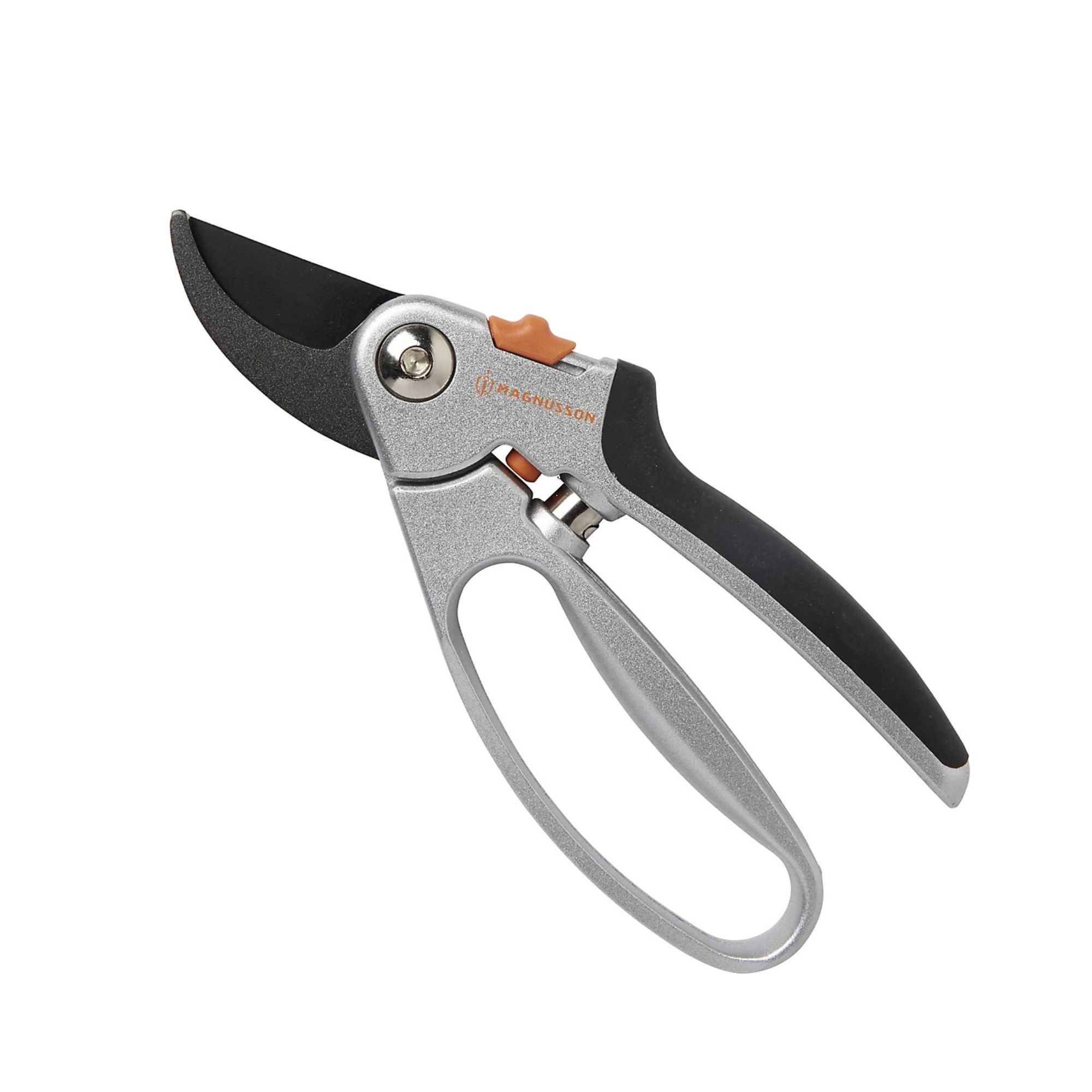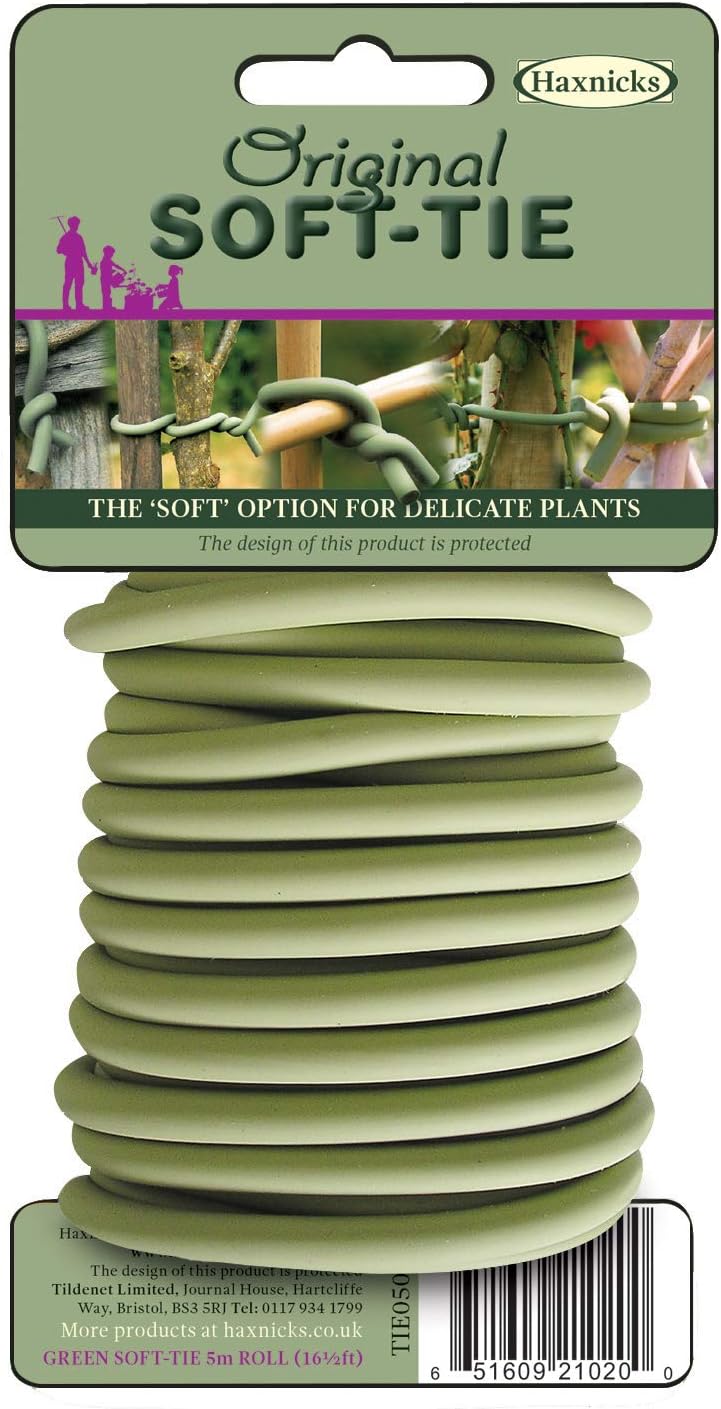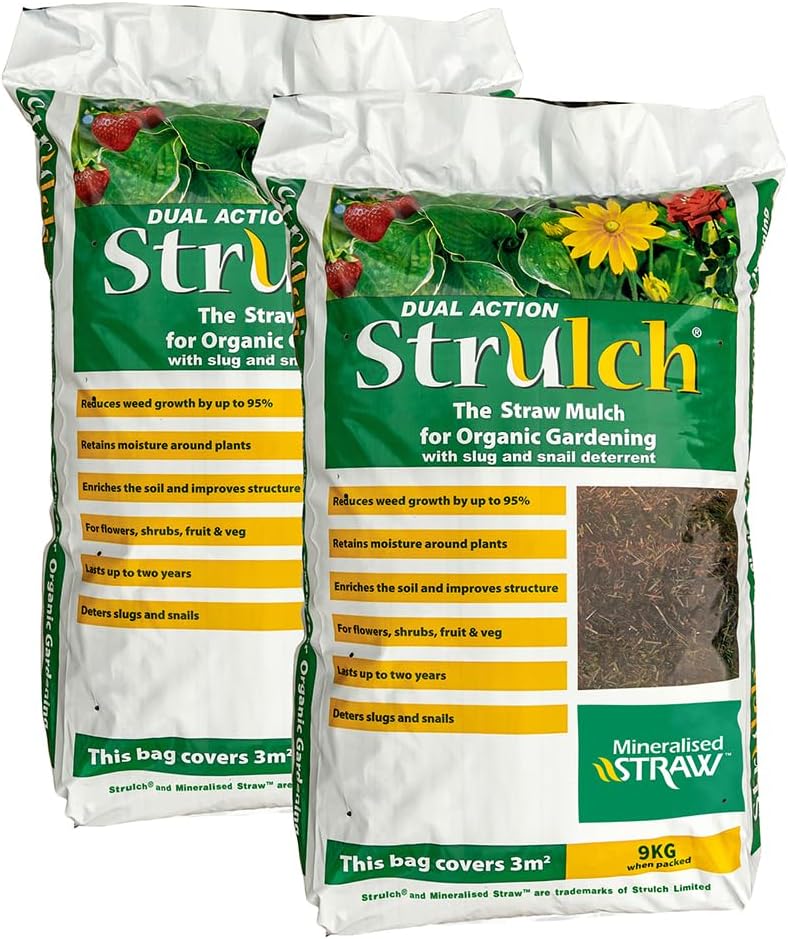What to do with roses in autumn – 5 essential tasks to ensure healthy, bouncy blooms next year
Your autumn checklist to help your roses flourish
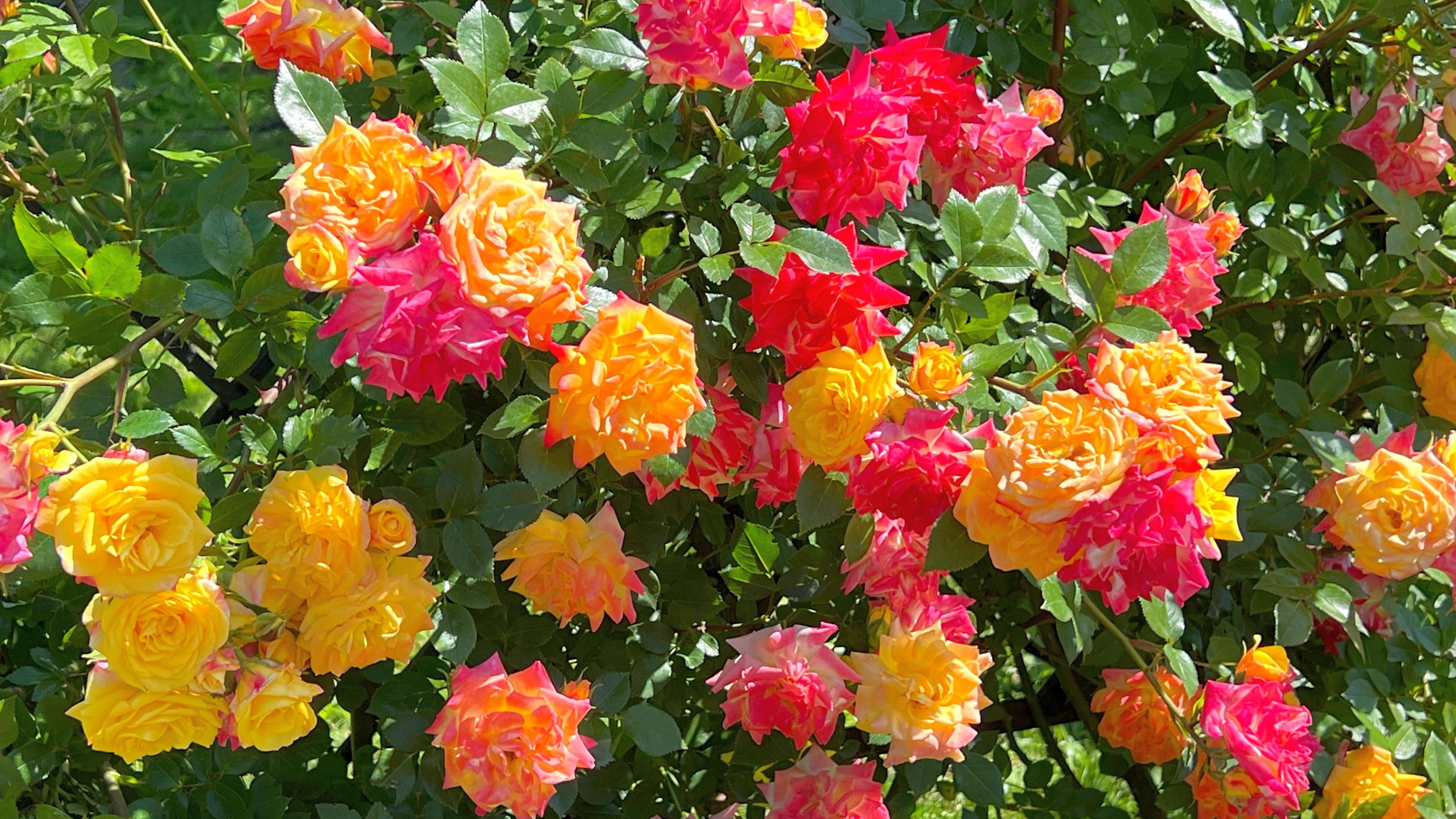

Roses are a must-have for many gardeners, and this year has been a good one, with a warm spring and sunny summer that has seen the roses thrive in lots of gardens.
But if you’re wondering what to do with your roses in the autumn now that the weather has turned cooler, then there are some essential jobs you can be doing right now that will ensure your favourites stay happy and healthy throughout the winter.
From deadheading or when to prune roses to whether to mulch or fertilise roses, I chatted to the experts at B&Q and Harkness Roses to find out exactly what TLC is needed. So follow these dos and don’ts to get your roses ready for winter and be rewarded with an abundant display of blooms in your garden next year.
1. Tidy up your roses, but don’t hard prune
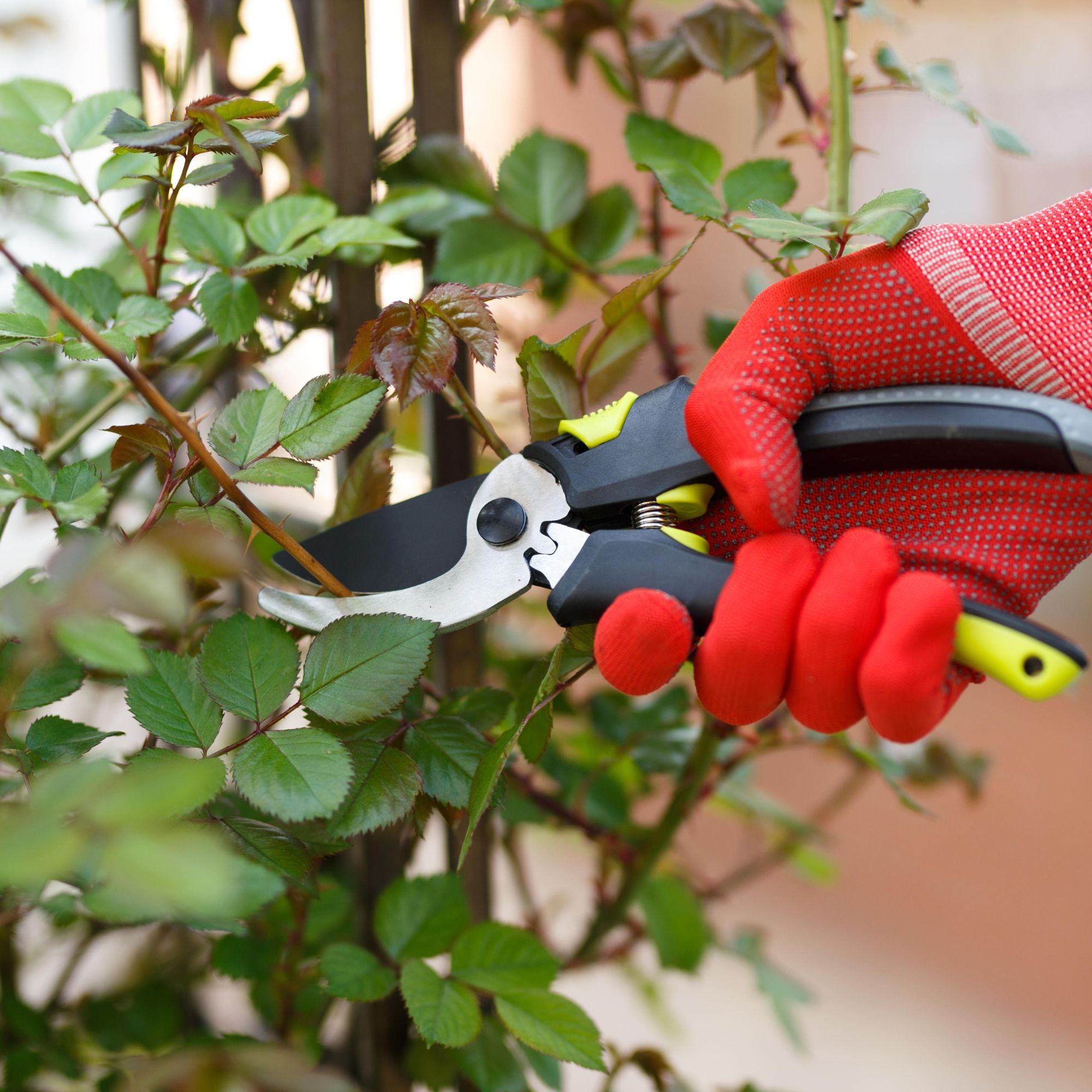
Autumn is the time to give roses a general trim-back and tidy-up, but you should avoid going in heavy and giving them a hard prune at this time of year, say the experts.
‘When it comes to how to prune roses in autumn, it’s more about tidying them up and reducing the height,’ advises Patrick Wall, Product Lead for Horticulture at Kingfisher/B&Q. ‘Don’t give roses a hard pruning in autumn as this should always be reserved for springtime.’
‘If you prune roses really hard all the way down (as you would when you are pruning roses in spring) then they’ll start to throw out new growth, which will then just be damaged by frost as we head into the winter period.’
‘So with standard and shrub roses, it’s simply a matter of reshaping them and reducing the height, which makes them less susceptible to wind damage over winter,’ adds Patrick.
Sign up to our newsletter for style inspiration, real homes, project and garden advice and shopping know-how
‘Use a pair of sharp secateurs and look to prune the stems at a 45-degree angle and just above an outward-facing bud, which encourages new growth to grow outwards. This will help prevent the centre of the plant from becoming congested and help air to circulate for a healthier plant. The aim is to reduce the size by around a third, no more than that, at this time of year.’
2. Follow the ‘three Ds’ rule when cutting back roses
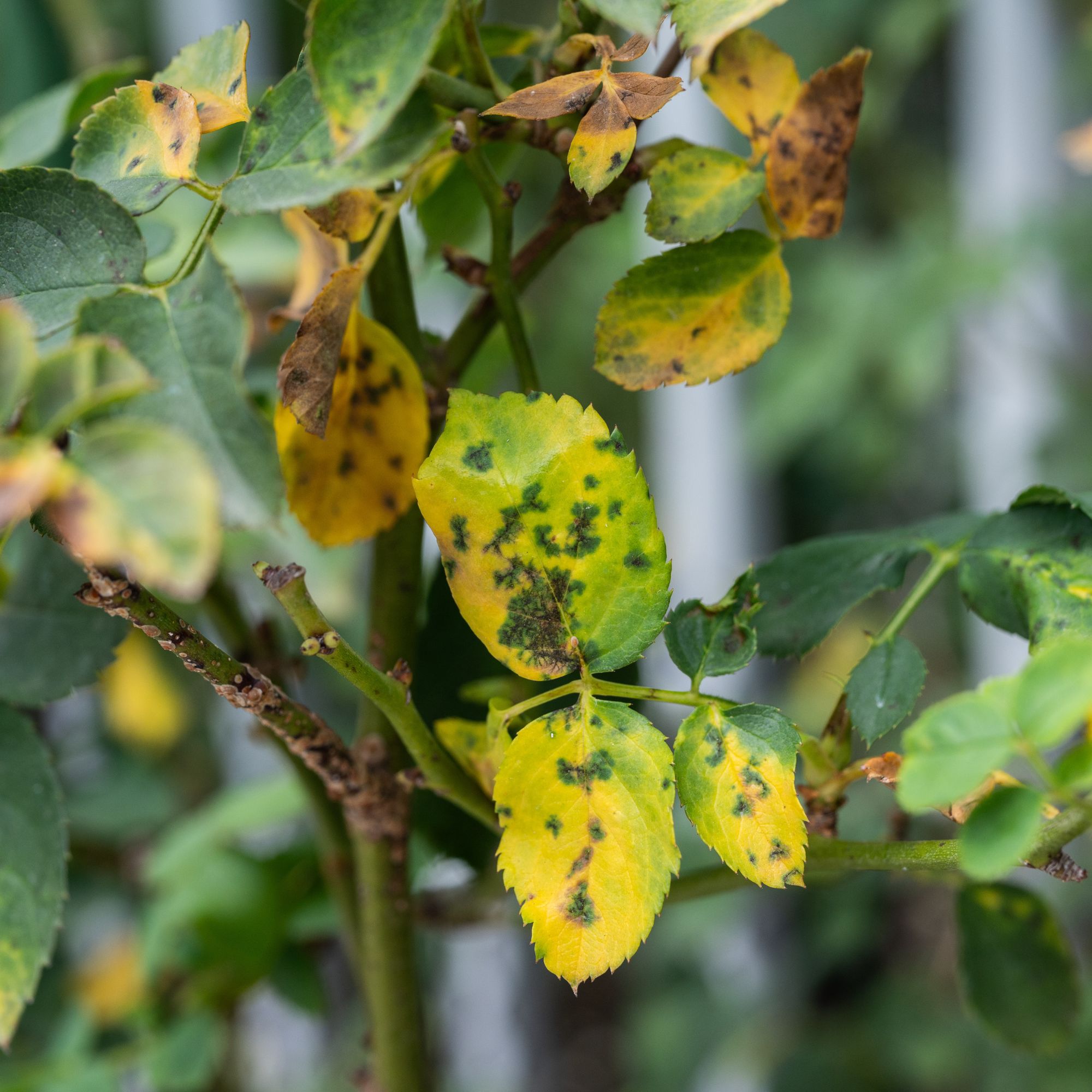
When it comes to cutting back roses in the autumn, if you’re unsure which parts of the foliage you should be getting rid of, there’s an easy tip to help you remember.
‘In autumn, it’s really all about reducing the height of your roses by about a third rather than hard pruning them,’ agrees Philip Harkness of Harkness Roses. ‘It will be fairly obvious which stems you want to get rid of in terms of reshaping, but you should also be looking out for anything that is ‘diseased, dead or decayed’ (also known as the ‘three Ds’),’ adds Philip.
‘If you see any branches or stems that are dead or going black, leaves with black spots on them, rust or mildew or any other common rose problems like that, then these are the ones to remove.’
‘And make sure that you cut at a 45-degree angle. This will ensure that any rain drains away and doesn’t sit on the actual cut, which can lead to infection or disease getting into the rose.’
3. Clean away debris underneath roses
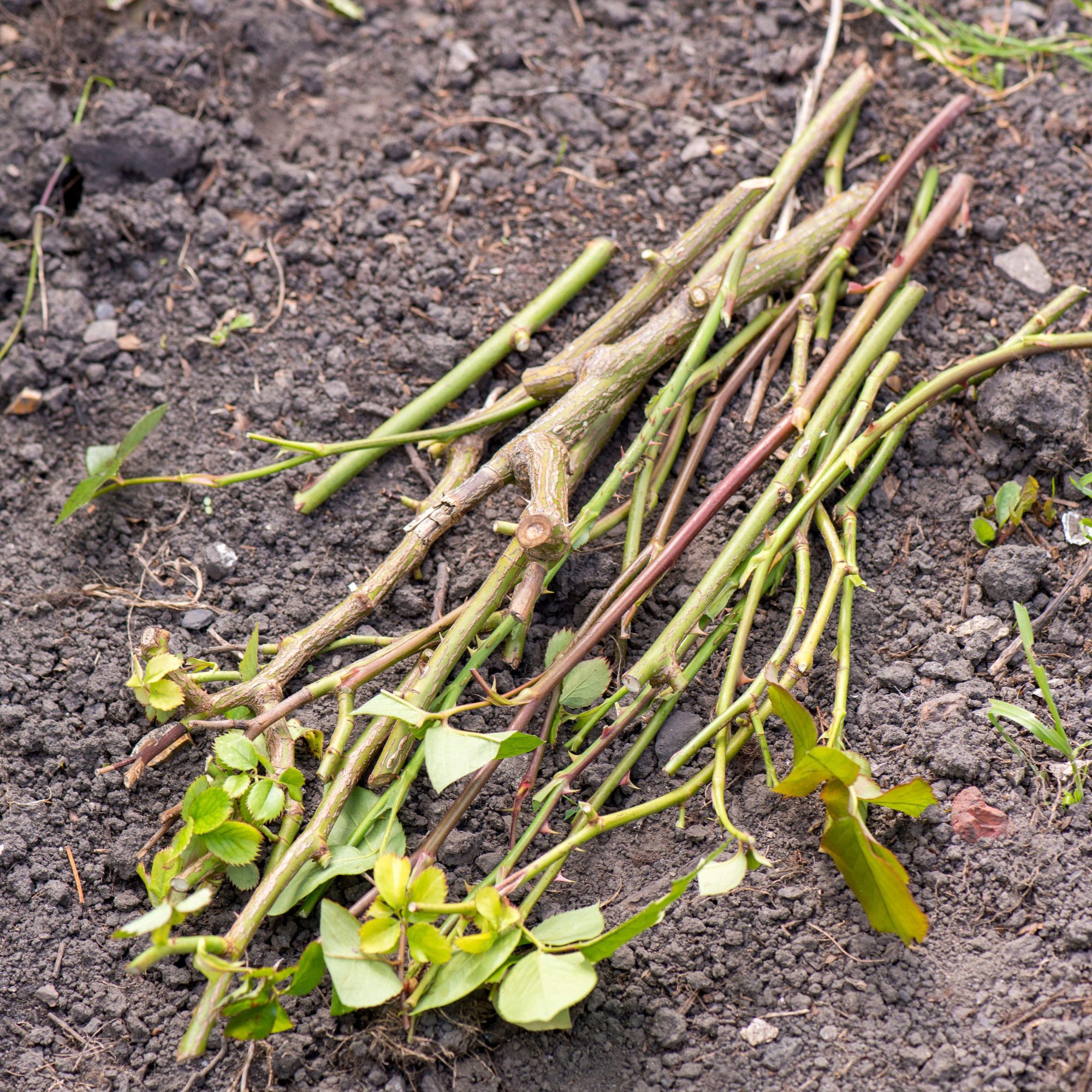
Once you’ve cut back and re-shaped your roses, getting rid of the discarded pile of cuttings from around the base of the rose is a must.
‘It’s vital that you remove any old leaves or diseased and decayed foliage from around the base of the plant,’ advises Patrick. ‘If you have a rose growing in a garden border with mulch around it, then the base of the plant is where dead leaves, foliage and detritus are going to gather and build up, so it’s really important that you clear it all away.’
‘Leaving it around the base of the plant can lead to pests and disease, which will then be carried through into next spring…which is the last thing you want.’
‘I would absolutely agree and emphasise that clearing away cuttings and dead foliage from around the base of the plant is a must,’ adds Philip. ‘With any old foliage and shoots lying on the ground, there is still enough moisture and nutrients in them for bacteria or fungi to take hold, which can cause disease to spread on the floor before it then gets on the plant.’
‘And with any dead and diseased waste, don’t put it into your compost bin; always dispose of it elsewhere.’
4. Tie-in and train climbing roses
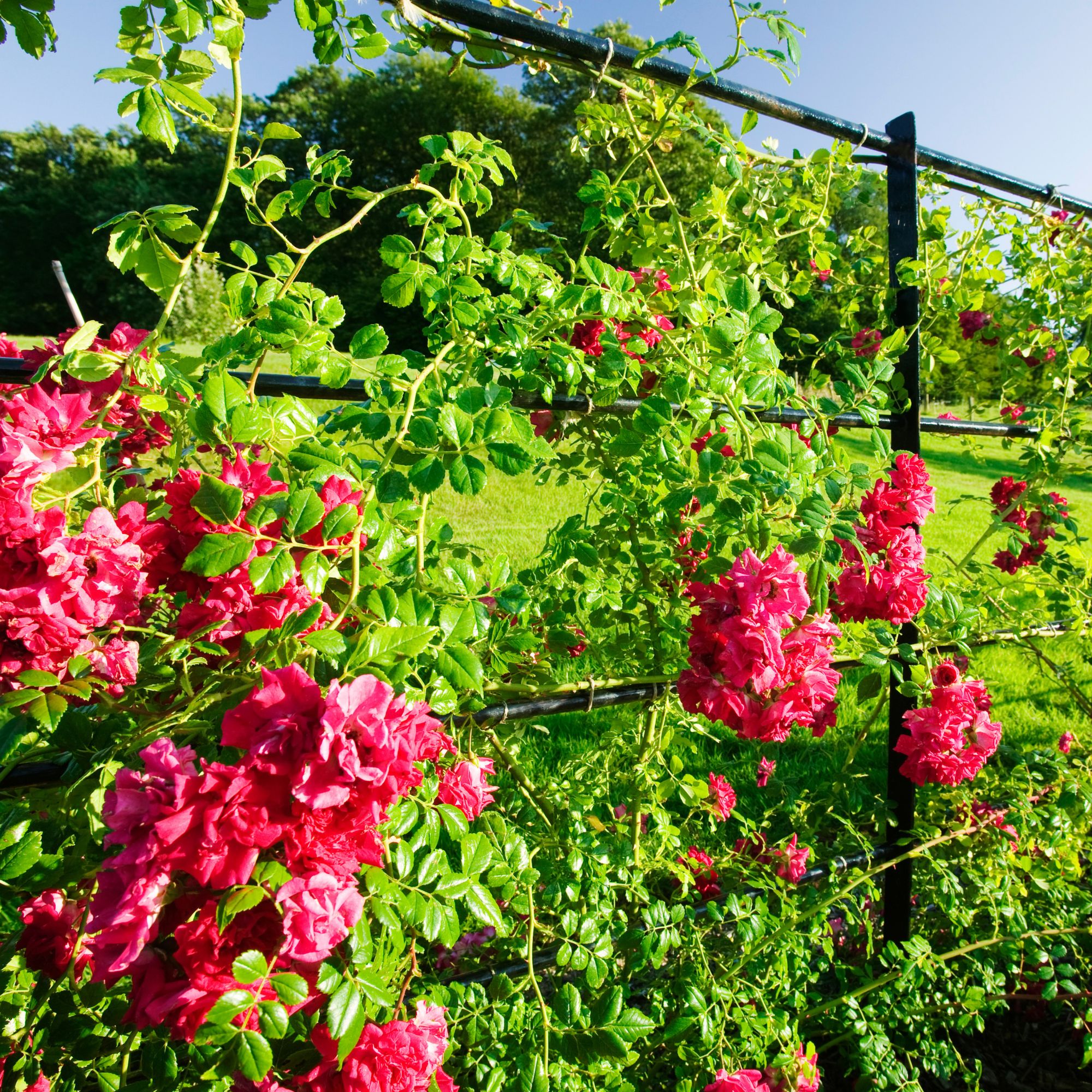
As with standard roses, pruning climbing roses isn't necessary in autumn. A general tidy-up is all that's required, with any hard pruning reserved for late winter or early spring. However, it can be beneficial to shorten or tie in any long, whippy shoots in autumn to prevent strong winds from damaging them.
‘Autumn is a good time to train climbing roses,’ advises Philip. ‘The stems are remarkably bendy, and you can position them where you want to without them breaking. Earlier in the year, when the stems are young and fleshy, they’re likely to snap, and if you wait until December or the next year, the stem will have ripened and hardened more and then just break.’
‘When training climbers, against a wall or a fence, the aim is to prevent the plant from sending out all the flowers straight to the top,’ adds Patrick. ‘You want to see roses growing from the base and climbing all the way up to the top in layers to give fuller coverage.’
‘Do this by fanning out the rose, positioning the main stems horizontally and tying them in place. This encourages the rose to send up vertical shoots along the length of the horizontal stem, so your roses will flower at different levels all the way up the fence, rather than just at the very top.’
5. Mulch but don’t feed your roses
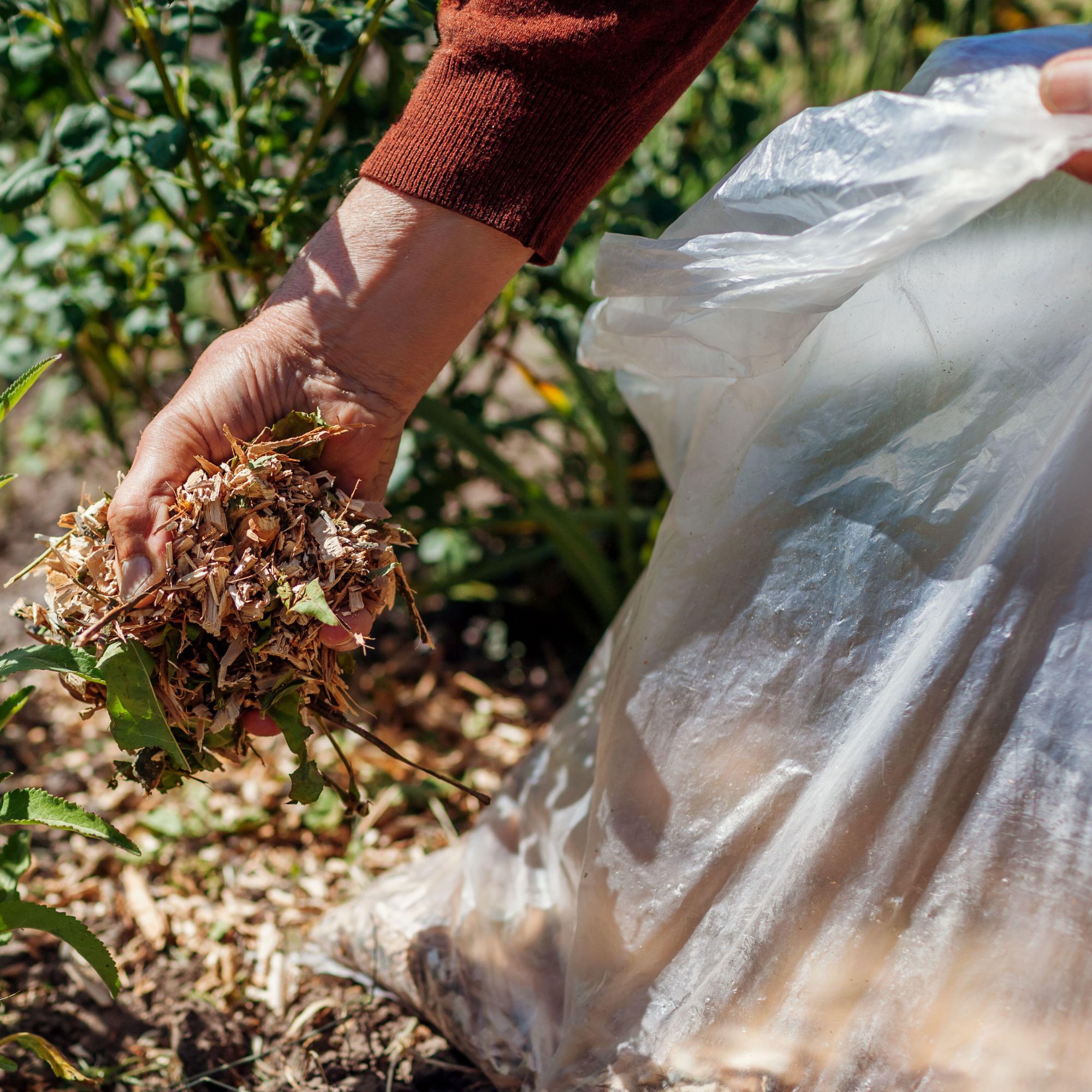
While you might be wondering should you fertilise roses in autumn to set them up for winter, that isn’t necessary say the experts.
‘In Autumn, I would be more inclined to mulch around roses rather than feed them,’ advises Patrick. ‘Autumn’s the time when we’re heading into a period of dormancy, when the plant is starting to wind down. It’s not doing as much, so feeding now isn’t as important as feeding in the spring, when it will be putting on new growth.’
‘Mulching in autumn is much more beneficial. It will help to suppress weeds, keep the moisture in and help tuck the plant in for the winter.’
‘And when it comes to which mulch to use, always go for bark mulch with fairly small pieces, like this Verve small landscape bark, £13, B&Q. Smaller pieces are good because they're much better at holding the moisture in, unlike the bigger pieces that you get with some general landscape mulch.’
‘You can also use other materials, like straw, sheep’s wool or Strulch, but I find that bark mulch with smaller chips works really well. And then when it comes round to spring, you can feed your rose with a granular slow-release fertiliser, so it will feed the plant over a longer period of time.’
Autumn rose care kit
Have you already ticked off anything from this autumn checklist for happy, healthy roses?

Lisa is a freelance journalist who has written about interiors for more than 25 years. Previously editor of Style at Home magazine, she has worked on all the major homes titles, including Ideal Home, Country Homes & Interiors, 25 Beautiful Homes and Homes & Gardens. She has covered pretty much every area of the home, from shopping and decorating, crafts and DIY to real homes and makeovers and now regularly writes gardening stories for Ideal Home.
